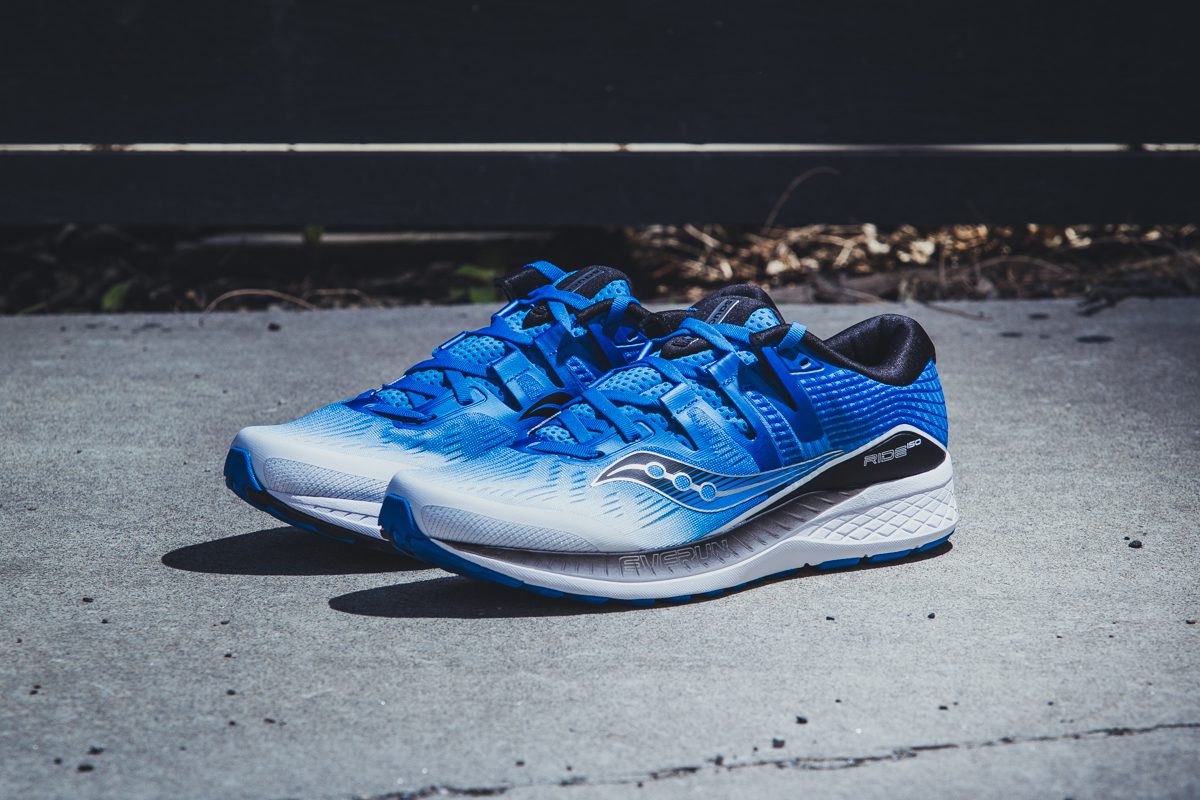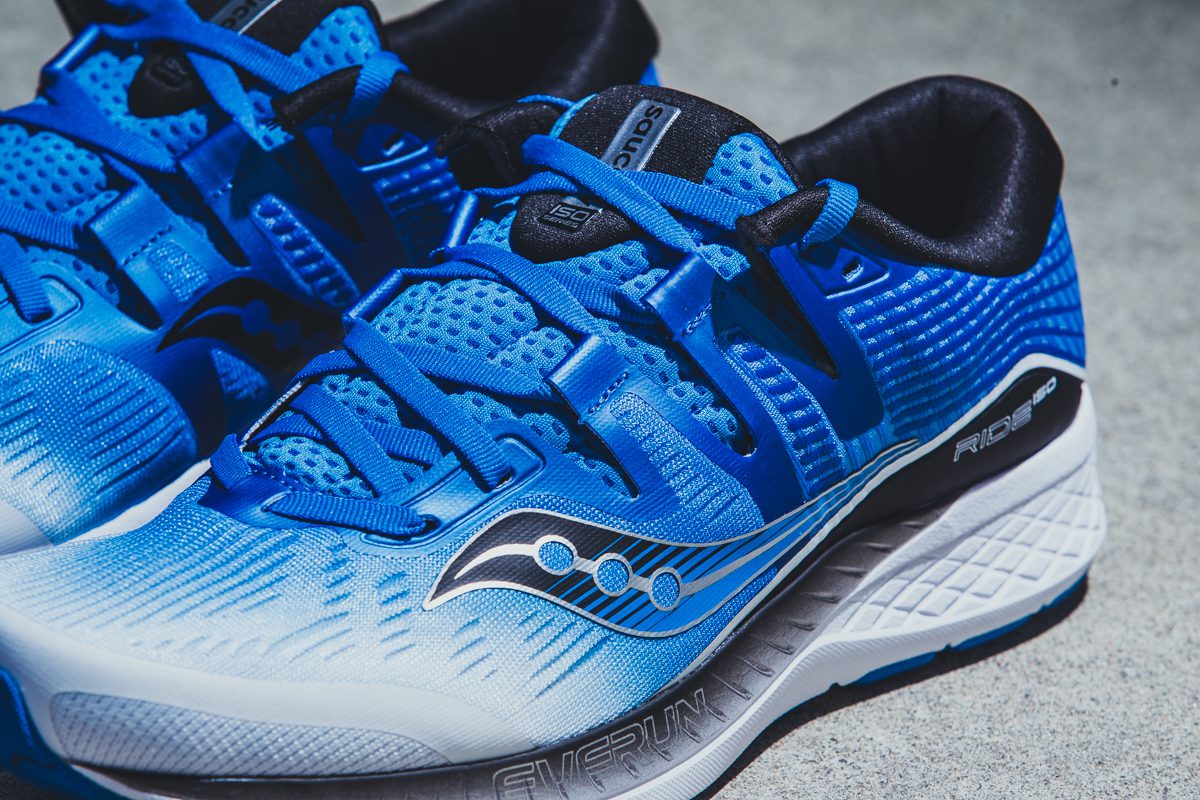Review: Saucony Ride ISO
The Saucony Ride ISO delivers exceptional cushioning in a lightweight package

The Saucony Ride ISO can be seen as the beefier, more mileage-oriented sibling of Saucony’s performance-oriented Kinvara. The added cushioning, durability and slightly larger drop mean that the Ride ISO is able to handle the bulk of your run mileage, while you keep your Kinvaras fresh for your speed and brick sessions, and race day.
Related: Shoe Review: The Saucony Kinvara 9
When I first put on the Ride ISOs, I instantly appreciated the amount of cushioning. Not to mention the sleek look and the lightweight feel. Saucony’s EVERUN topsole layer, combined with the PWRFOAM technology in the midsole, provide a really comfortable ride (pun intended). Even more impressive is the Saucony Ride ISOs durability. Even though the midsole is highly reactive and provides a lot of cushioning, it will last you through some serious mileage. To give you an idea, our friends at Canadian Running put in over 250K and they still feel great.
There are no dedicated stability features in the Saucony Ride ISO, but the TRIFLEX outsole design does ensure efficient heel to toe transition. Perhaps the signature feature of the shoe is the ISOFIT upper, which provides a near customized fit that morphs to the unique shape of your foot. Combine this with the EVERUN and PWRFOAM technology, it creates an exceptionally light shoe that is breathable and comfortable.
Personally, I found the Saucony Ride ISO to be most effective in my tempo runs (12-15K) or longer brick sessions. Although I did not have the opportunity to race in these shoes, based on my experience and the features of this shoe, the Saucony Ride ISO is ideal for the Olympic triathlon distance.
If you’re looking for something with a bit more stability for your half or full distance triathlons, the Saucony Guide ISO is a great alternative.
Specs of the Saucony Ride ISO
Weight: Men’s: 9.7 oz. (275 g); Women’s 8.5 oz. (241 g)
Offset: 8 mm
MSRP: $160

